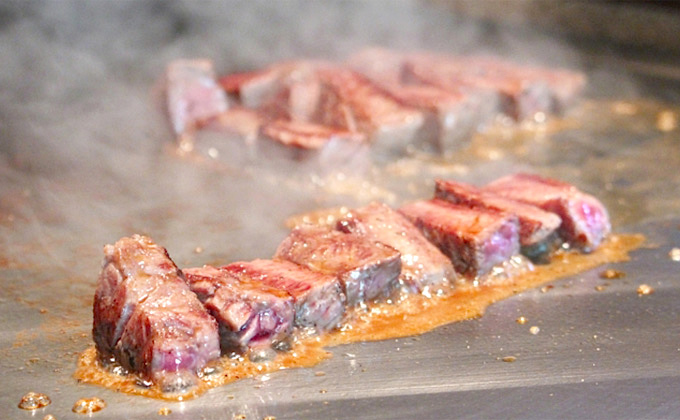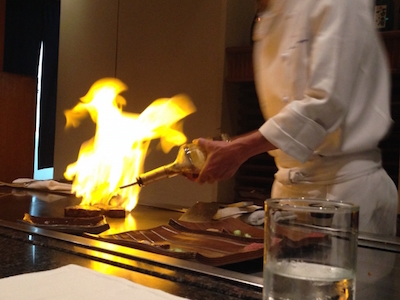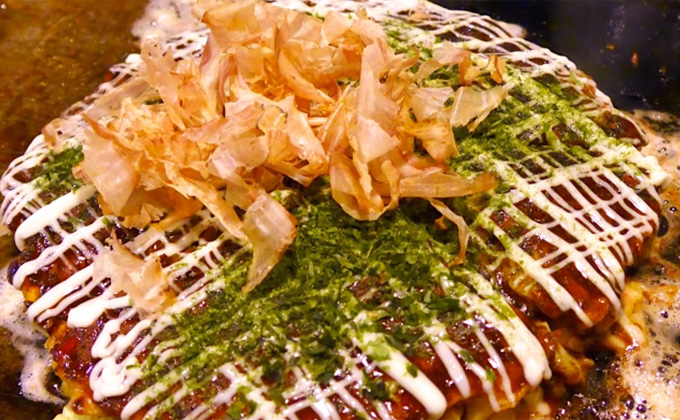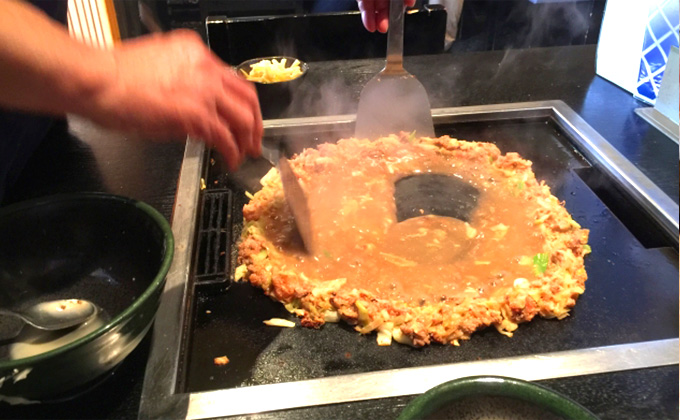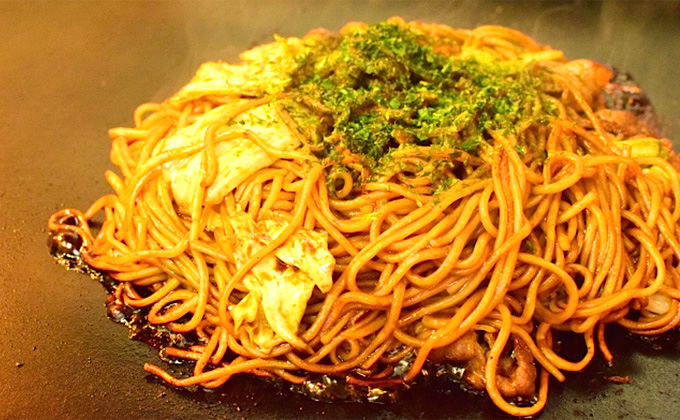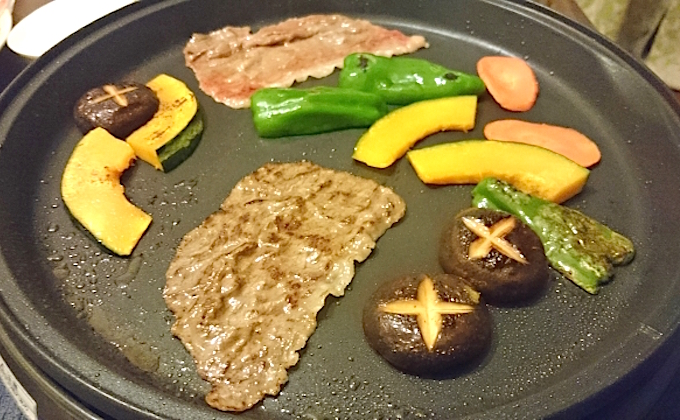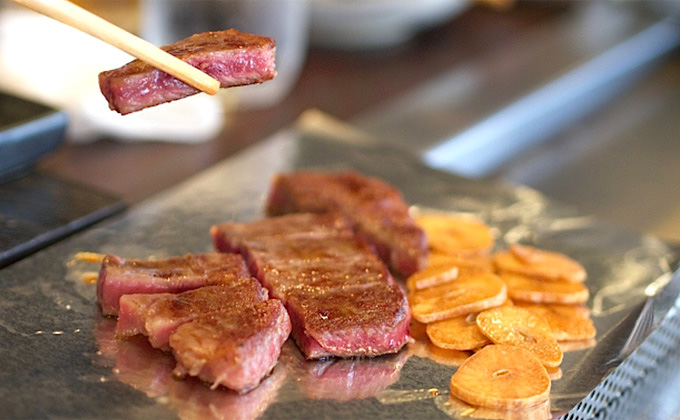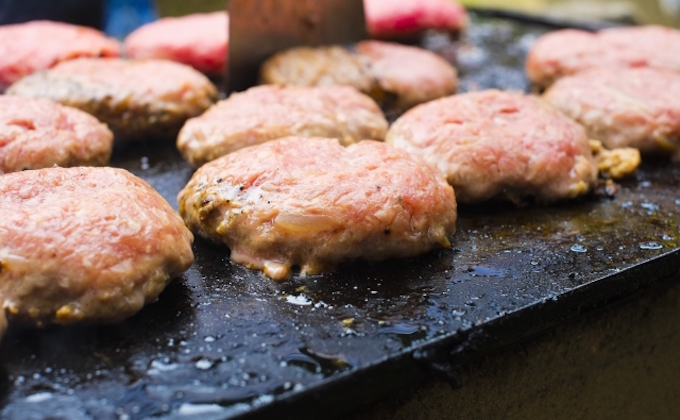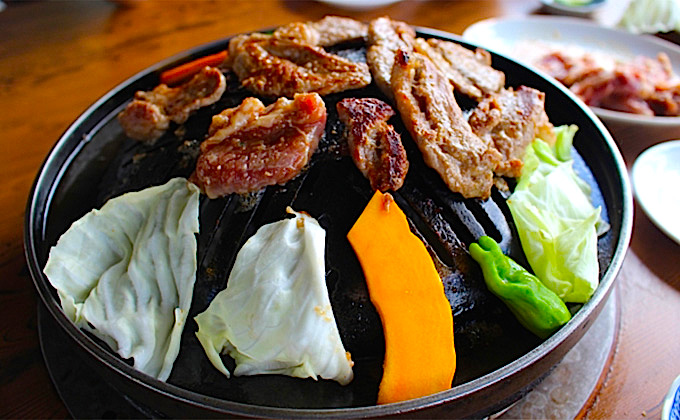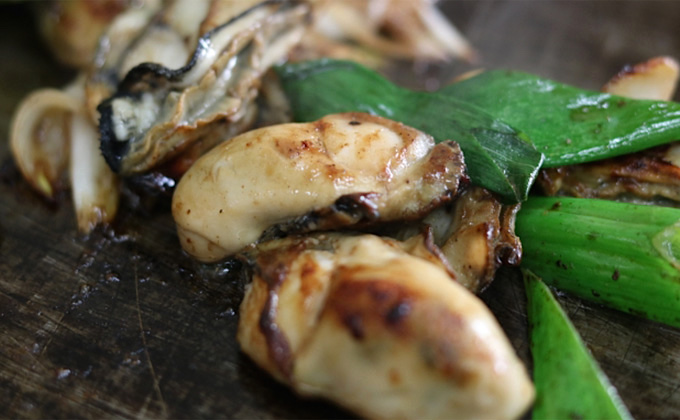TRG Info and Advice
Teppanyaki
The History of Teppanyaki
Since ancient times in Japan, the cooking method of toasting food over an open flame has been in existence. In the beginning, the food was barbecued over an open fire, then cooked over a wood-fired oven. There was, also, a period when the food was baked on woven wire mesh. After the Edo Period (1603-1867), cooking with a shichirin (a small, portable charcoal grill) became common. At that time, iron and other metallic materials were so precious that an iron plate was rarely used as a cooking tool.
Supposedly, cooking on an iron plate originated during the post-war period, when food was cooked on scrap iron plates from airplanes or cars and sold at stalls and black markets. During this same period, a time when food was scarce, the grilled dishes were given more body by adding a few vegetables, water and flour. Among teppanyaki dishes, this is, supposedly, the origin of okonomiyaki (savory pancakes) and monjayaki (grilled batter with ingredients).
Because teppanyaki was seen as an easy way of cooking food, the style rapidly spread. It is often enjoyed at restaurants, festivals, and outdoor events where a lot of people gather. Nowadays, electric hot plates are common and teppanyaki can easily be enjoyed at home.
What is teppanyaki?
Teppanyaki is the name of a cooking method, and it’s no stretch to say that any dishes cooked on an iron plate can be called teppanyaki. Teppanyaki dishes range from reasonable ones such as okonomiyaki and monjayaki, to fancy menus, including steaks and burgers.
At restaurants, teppanyaki dishes are usually prepared by a chef right before the guests’ eyes, or diners cook the food by themselves on an iron plate attached to the table. They can see, therefore, the preparation process of the meals they eat. That stimulates the senses of sight, hearing and smell, and whets the appetite. Besides all that, the food is fresh and hot!
If hot plates are used, it is not necessary to go to restaurants and you may easily enjoy teppanyaki in a large group with your friends or family.
The Difference Between Teppanyaki and a Skillet
The biggest difference is the temperature.
When a skillet is used over a gas range, some parts of the pan are heated directly by flames but some parts are not. Therefore, food on the skillet is not evenly heated and starts to give off excess water.
On the other hand, iron plates used at restaurants are evenly heated and excess water evaporates. Therefore, the food cooked on an iron plate keeps its original flavors inside and can be deliciously prepared.
Teppanyaki Dishes
Okonomiyaki (savory pancakes)
Okonomiyaki is a dish made by using wheat flour mixed with water as a batter, and vegetables, meat and seafood as ingredients. Everything is grilled on an iron plate and seasoned with sauce, mayonnaise and powdered green laver. Grilling methods and ingredients vary from region to region, as do ways of making okonomiyaki, such as “Kansai-style Okonomiyaki” and “Hiroshima-style Okonomiyaki.”
Monjayaki (grilled batter with various ingredients)
A heated iron plate is greased with oil. Flour is mixed with water and various ingredients, including vegetables, meat and seafood, and the mixture is then grilled on an iron plate. Once grilled, monjayaki is eaten topped with Worcester sauce or mayonnaise if desired.
Yakisoba (stir-fried noodles)
Yakisoba is a dish made by stir-frying Chinese noodles with meat (such as pork), vegetables (including cabbage and bean sprouts), and seafood (such as squid and shrimp), and then seasoning it with Worcester sauce, salt or soy sauce. Yakisoba is easy to make, so it is often sold at school festivals. Yakisoba fastidiously made with special noodles, ingredients and seasonings, is used as a B-grade cuisine item (local fare and low price cooking) to revitalize areas all around Japan.
Yakiniku (grilled meat)
Yakiniku is thinly sliced meat, grilled on either woven wire mesh or an iron plate. By grilling on wire mesh, excess fat and water can be removed, while teppanyaki can seal the fat and juices in and make the meat tender and juicy. All of the meat is evenly heated and not charred.
Steak
Sliced beef is grilled on an iron plate. When grilled on an iron plate, the meat is heated evenly and its succulent fat is sealed in, making it possible to enjoy the original flavors of beef.
Jingisukan [Genghis Khan] (grilled lamb)
Jingisukan is lamb grilled on a special, dome-shaped iron pan. Lamb is grilled on top of the dome and the vegetables are grilled at the edges around the dome, in the savory fat and juices given off from the meat.






